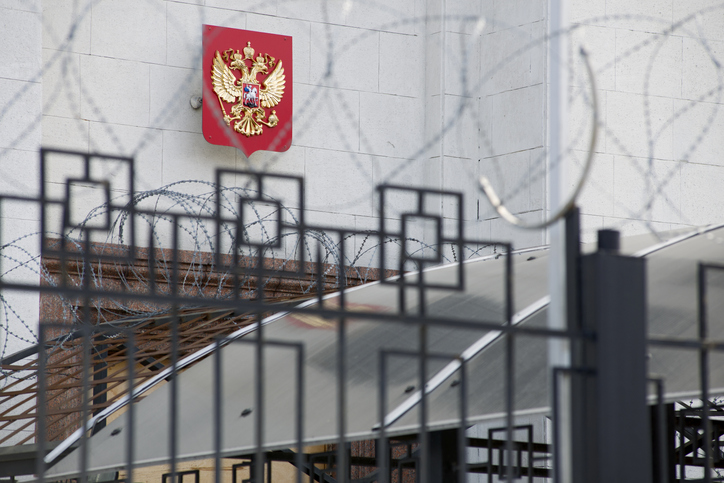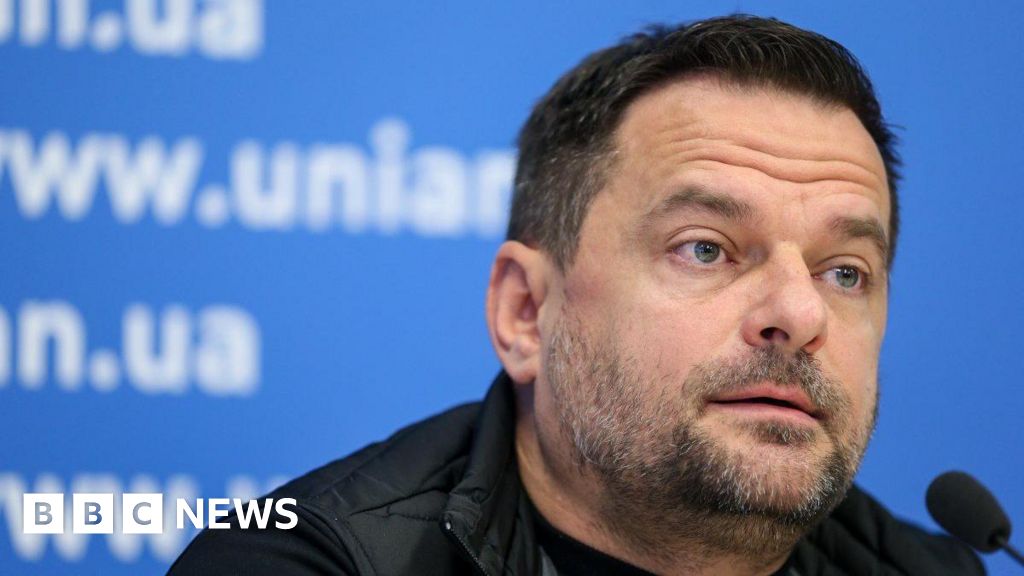India election: Why did Modi’s BJP lose in Uttar Pradesh, its fortress? | India Election 2024 News
New Delhi, India – It was April 1, All Fools’ Day.
India’s elections were yet to start, but Delhi-based columnists were already calling the verdict on the biggest prize of all: Uttar Pradesh (UP), the northern state that is the country’s largest and that sends the largest chunk of legislators to the nation’s parliament. The state’s 80 members of parliament in a house of 543 often make or break the national government.
In 2014 and 2019, they made the Bharatiya Janata Party’s fortunes, with Prime Minister Narendra Modi’s party winning 71 and 62 seats in those two elections. The columnists were predicting a repeat, a done deal for the BJP.
But Hakim Sahib, a full-time mendicant and a part-time politician from Meerut, a western Uttar Pradesh (UP) city, wasn’t amused. “BJP will not win more than 40 seats in UP as there is a strong undercurrent against the party,” he told this writer.
Two months later, when the results were declared on June 4 after seven stages of a staggered poll, Sahib, it turns out, had been prescient, unlike the vast majority of pollsters who had predicted a sweep for the BJP in UP and India.
As the election campaign unfolded across the state of more than 200 million people, the signs were there: Modi and the BJP were clearly a powerful force, but there was a palpable, seething rage too, among many voters — including traditional supporters — over high unemployment and inflation. A clever strategy by the opposition INDIA alliance turned a BJP campaign slogan seeking 400 seats in parliament into a narrative against the governing party: The opposition claimed that the BJP could take away constitutional rights of historically disadvantaged communities such as Dalits — who sit at the bottom of India’s caste hierarchy — with such a large mandate.
All of that fructified into the outcome that Sahib had predicted: The BJP ended up with just 33 seats, with its allies winning three more. The regional Samajwadi Party, a member of the Congress Party-led INDIA alliance, won 37 seats. The Congress itself won six more. That result, along with losses in the western state of Maharashtra, has forced the BJP to rely on alliance partners to form a government, short of a national majority on its own.
The rumblings that led to this moment weren’t restricted to traditional BJP critics. Some ordinary voters who led to its rise felt let down too.
Fall in Ayodhya, drop in Varanasi
In 1992, the BJP led a campaign that culminated in the demolition of the 16th-century Babri mosque in the UP temple town of Ayodhya. On December 6 that year, when images of the shrine being pulled down stunned the rest of India and shocked the world, Mohan was at the site, a part of the mob that smashed the mosque into rubble.
In January this year, Modi consecrated a grand Ram temple at the same spot: The Hindu deity Ram, according to ancient scriptures, was born in Ayodhya. It was a moment that — like the 1992 demolition — was screened across the world, and that emerged as the launchpad of Modi’s 2024 re-election campaign.
But when this writer spoke to Mohan — who requested that his last name not be used — in April, he was clear that he had given up on the BJP. He has an unemployed son, who was initially tempted to join the Modi government’s scheme to send Indian workers to Israel as labourers amid the war on Gaza. The son eventually turned down that option.
“This time the BJP will not come to power in the parliament elections. I will call you on June 4 to confirm this,” Mohan declared.
He was partially wrong — the BJP is poised to form the next government, with its allies. Yet in Faizabad, the constituency that includes the Ram temple, the BJP lost. And Mohan’s comments were mirrored in sentiments that voters shared even in Modi’s own parliamentary constituency of Varanasi.
His imprimatur is visible in the infrastructure development work throughout the city: a highway to the airport; cleaned up banks of the Ganges; widened roads to Varanasi’s biggest attraction, the Kashi Vishwanath Temple.
But these changes have robbed the city of its identity, said, Vishambhar Mishra, a professor at the city’s Indian Institute of Technology and the head of the Sankat Mochan Trust that campaigns for cleaning up the Ganges.
“Varanasi used to be the city of lanes and bylanes. People could start from wherever and negotiate the lanes to reach the ghats to take a dip in the Ganges,” he said. Meanwhile, the Ganges remains dirty, despite multiple promises from the government to clean it up — a contradiction he routinely highlights in posts on social media platform X.
On the Ganges, boatman Bhanu Chaudhary, who took this writer for a ride, said: “There is a lot of anger in people as there are no jobs.” Chaudhary is a graduate but is forced to row boats for visitors to the city because he has no other work.
That anger showed on June 4. Modi won the seat, but with his margin dramatically slashed, from 480,000 votes in 2019 to 152,000 this time. Many of the constituencies near Varanasi, which the BJP had hoped to win riding on Modi’s presence in the city, went to the INDIA alliance.

Losing the Dalit vote
But the biggest reason for voters shifting away from the BJP may have been the party’s own statements, say observers.
The slogan insisting that the BJP-led alliance would win 400 seats spooked many Dalits, who feared that the party could change the constitution — whose drafting was led by Dalit icon Bhimrao Ambedkar — to deny them hard-won protections, said Inderjit Singh a teacher in Gorakhpur, a northern UP city. “So many seats slipped out of the BJP fold,” he said.
The opposition INDIA alliance, initial data suggests, managed to successfully stitch together a coalition of Dalits, other traditionally disadvantaged communities — known as Other Backward Classes (OBCs) in India — and Muslims in many parts of the state.
“They want to change the constitution of India and stop job reservation,” claimed Gautam Rane, a Dalit activist who campaigned against the BJP. The BJP has denied that it ever had any intentions of taking away benefits that Dalits are promised in the constitution, including quotas in government jobs and educational institutions.
Rane said many Dalit voters had ditched the Bahujan Samaj Party, which has for long led the community in UP, because they felt it was too weak now to take on the BJP. The BSP still won 9 percent of the state’s vote but lost in all constituencies: It had won 10 seats in 2019.
Meanwhile, Modi’s comments against Muslims during the campaign — he referred to them as “infiltrators” — galvanised the community, which forms almost 20 percent of UP’s population, behind the opposition alliance, said Nawab Hussain Afsar, the editor of a Urdu daily headquartered in Lucknow, the state’s capital.
And they struck back, with their votes.
Check out our Latest News and Follow us at Facebook
Original Source







